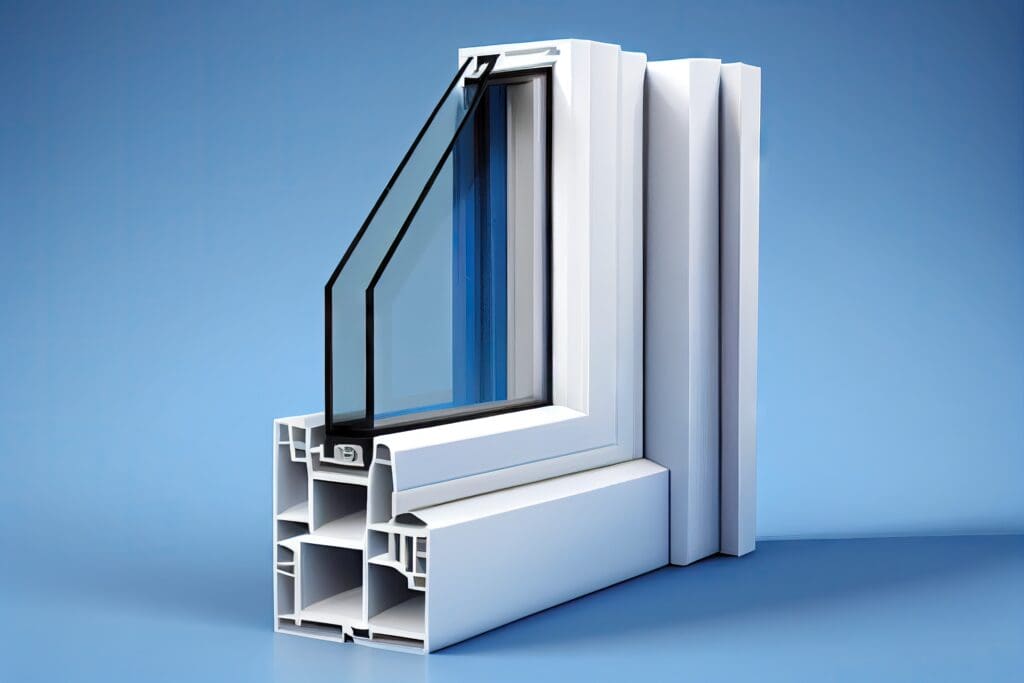
Double Glazing and Home Insulation Guide
The Ultimate Home Insulation Series: Exploring Double Glazing and More Mastering Home Insulation: A Comprehensive Guide to Double Glazing and […]
The Ultimate Home Insulation Series: Exploring Double Glazing and More
Mastering Home Insulation: A Comprehensive Guide to Double Glazing and Beyond. Our guide to double glazing, the alternatives and enhancements you can use to improve your home.
In today’s fast-paced world, where energy efficiency and environmental responsibility have become paramount, home insulation has emerged as a key factor in creating comfortable and sustainable living spaces. Proper insulation not only helps maintain a cozy and pleasant atmosphere inside our homes but also plays a crucial role in reducing energy consumption and energy bills.
However, with a plethora of insulation options available, homeowners often find themselves questioning which method is best suited for their needs. In this comprehensive guide, we will delve into the world of home insulation and focus on one of the most popular choices: double glazing. We will also compare it with several other insulation methods to help you make informed decisions about the most suitable solution for your home.
Before we explore the specifics of double glazing, let’s briefly introduce the different options for insulation available in the market:
1. Double Glazing
This method involves using two glass panes separated by a layer of air or gas to create a barrier that reduces heat transfer and improves sound insulation.
2. Triple Glazing
Similar to double glazing, triple glazing uses three glass panes and offers enhanced insulation capabilities compared to its double-pane counterpart.
3. Secondary Glazing
This involves installing an additional layer of glazing on the existing windows to improve insulation without the need to replace them entirely.
4. Heavy Curtains
Thick, insulated curtains are another option to keep the cold out and the warmth in, providing a cost-effective way to enhance insulation.
5. Laminated Glass
Laminated glass consists of two or more layers with a plastic interlayer, enhancing both insulation and safety.
6. Wall Insulation
This method focuses on insulating the walls of the house to prevent heat loss and maintain a consistent indoor temperature.
7. Roller Shutters
Besides providing security, roller shutters also offer insulation benefits by creating an extra barrier against external elements.
8. Single Glazing
Although less common in modern homes, single glazing involves using only one glass pane in windows, which offers minimal insulation.
Now that we have an overview of the different insulation options, the following sections of this post will delve into the specifics of each option, comparing them with double glazing, and providing insights into the advantages and disadvantages of each method. Whether you’re looking for improved energy efficiency, noise reduction, or enhanced comfort, we’ve got you covered!
Let’s proceed with a detailed analysis of double glazing and how it stacks up against the various alternatives to help you make an educated choice for your home’s insulation needs.

Understanding Double Glazing
Definition and Benefits of Double Glazing
Double glazing, also known as insulated glazing, is a widely adopted method of improving home insulation and energy efficiency. It involves the use of two glass panes separated by a spacer bar, creating a sealed unit. The space between the glass panes is either filled with air or, more commonly, an insulating gas like argon, krypton, or xenon. This design helps to create a thermal barrier, reducing heat transfer and minimizing the escape of warmth during colder months. Double glazing offers a range of benefits, including:
Improved Energy Efficiency
By reducing heat loss through windows, double glazing helps maintain a consistent indoor temperature, reducing the need for excessive heating or cooling, and consequently, lowering energy bills.
Enhanced Thermal Comfort
Double glazing reduces cold spots near windows, creating a more comfortable living environment throughout the entire house.
Noise Reduction
The sealed air gap between the glass panes also acts as a sound barrier, reducing external noise infiltration and making your home quieter and more peaceful.
Condensation Control
Double glazing significantly reduces the occurrence of condensation on the interior surface of windows, reducing the risk of mould and dampness.
Increased Property Value
Homes equipped with double glazing are more attractive to potential buyers due to their energy-saving features, which can enhance the property’s overall value.
How Double Glazing Works to Improve Insulation:
Double glazing works based on the principle of trapped air or gas acting as an insulator. The layer of air or insulating gas between the glass panes hinders the transfer of heat through the windows. When the indoor air is heated, the double glazing prevents much of that heat from escaping to the colder outdoor environment. Similarly, during hot weather, the double glazing helps keep the indoor space cooler by reducing the amount of heat entering from outside.
Popular Materials Used in Double-Glazing
To ensure optimal performance, various materials are used in the construction of double glazing units. These materials contribute to the overall insulation, durability, and efficiency of the windows. Commonly used materials include:
Glass
High-quality glass with low emissivity (low-E) coatings is often used in double glazing to minimise heat transfer and improve energy efficiency.
Spacer Bars
The spacer bars around the edges of the glass panes are typically made of aluminium, stainless steel, or composite materials. They maintain the gap between the panes and hold them together.
Insulating Gas
The space between the glass panes is filled with an insulating gas, such as argon, krypton, or xenon. These gases have a higher density than air, further reducing heat transfer through the windows.
Sealing Materials
The unit is sealed with specialised materials, preventing air or gas leakage and ensuring long-term effectiveness.
By understanding the fundamentals of double glazing and the materials involved, homeowners can make informed choices when considering their insulation options. In the next post, we will explore the concept of triple glazing and understand how it differs from double glazing in terms of performance and benefits.